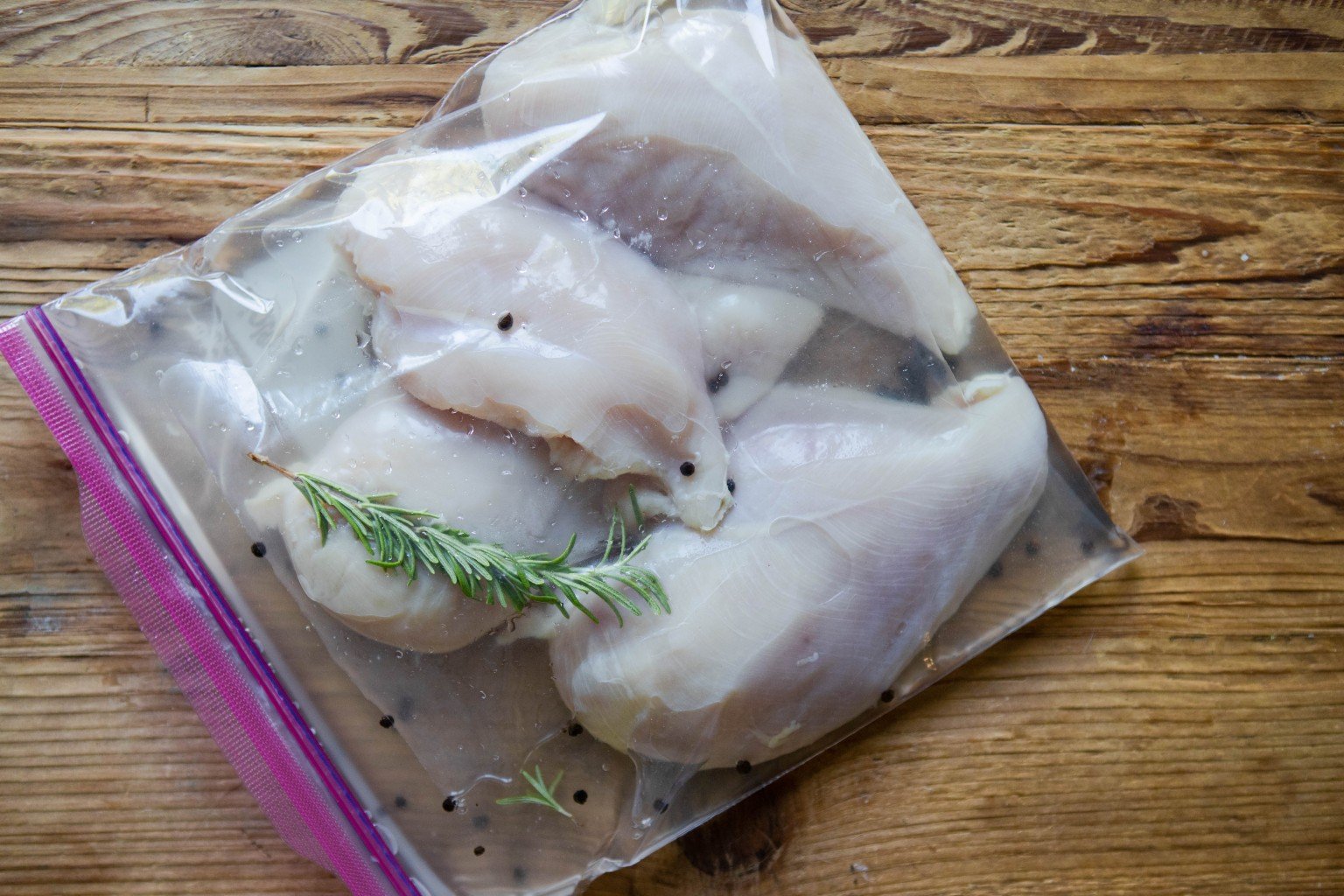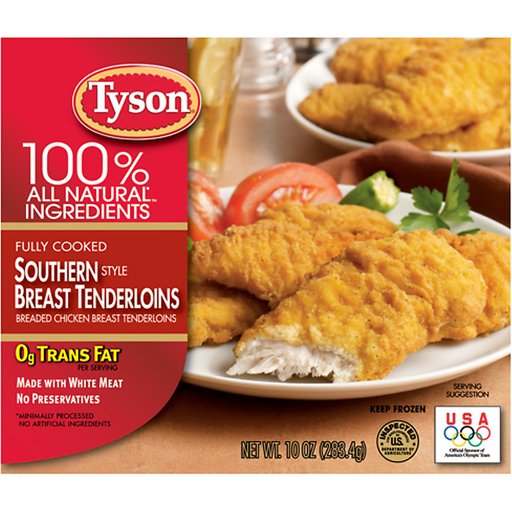
Tea Cooking: The Art of Infusing Tea into Dishes
Tea, traditionally known as a beverage, has transcended its boundaries to become a versatile ingredient in the culinary world. The fusion of tea with food has opened up a world of culinary possibilities, offering a unique and delightful gastronomic experience. In this article, we delve into the fascinating world of tea cooking, exploring its various applications, health benefits, and cultural significance.

Tea as a Flavor Enhancer
One of the primary uses of tea in cooking is as a flavor enhancer. Different types of tea, each with its distinct characteristics, can add a unique twist to dishes. For instance, the freshness of green tea complements light and delicate flavors, while the richness of black tea pairs well with heartier dishes. Pu-erh tea, with its earthy and aged flavors, adds depth to savory dishes.

| Tea Type | Flavor Profile | Best Use |
|---|---|---|
| Green Tea | Refreshing, grassy, slightly bitter | Salads, seafood, light desserts |
| Black Tea | Rich, malty, slightly sweet | Meat dishes, hearty soups, desserts |
| Pu-erh Tea | Earthy, complex, slightly sweet | Red meats, hearty stews, desserts |

Health Benefits of Tea Cooking
Tea is not only flavorful but also packed with health benefits. The rich content of polyphenols, vitamins, and amino acids in tea can be better released during cooking, making them more accessible to the body. For example, using tea to cook rice or soup not only adds a unique aroma but also enhances the nutritional value of the dish.
Creative Applications of Tea in Cooking
The creative use of tea in cooking extends beyond just flavor enhancement. Tea can be used to create unique sauces, marinades, or desserts, leading to a wide array of innovative tea-infused dishes. For instance, green tea can be used to make tea eggs, black tea can be used to marinate meat, and Pu-erh tea can be used to roast vegetables.
Cultural Significance of Tea Cooking
Tea cooking is not just a culinary experience but also a cultural one. It embodies the rich history and cultural heritage of tea, with each dish carrying the passion and pursuit of tea culture. Through tea cooking, one can experience the depth and stories behind the art of cooking.
Conclusion
Tea cooking is a testament to the endless possibilities of culinary creativity. By exploring the unique flavors and health benefits of tea, chefs and home cooks alike can elevate their dishes to new heights, offering a delightful and nutritious culinary experience. As we continue to explore the world of tea cooking, we can expect to discover even more innovative and delicious combinations in the future.
“`






